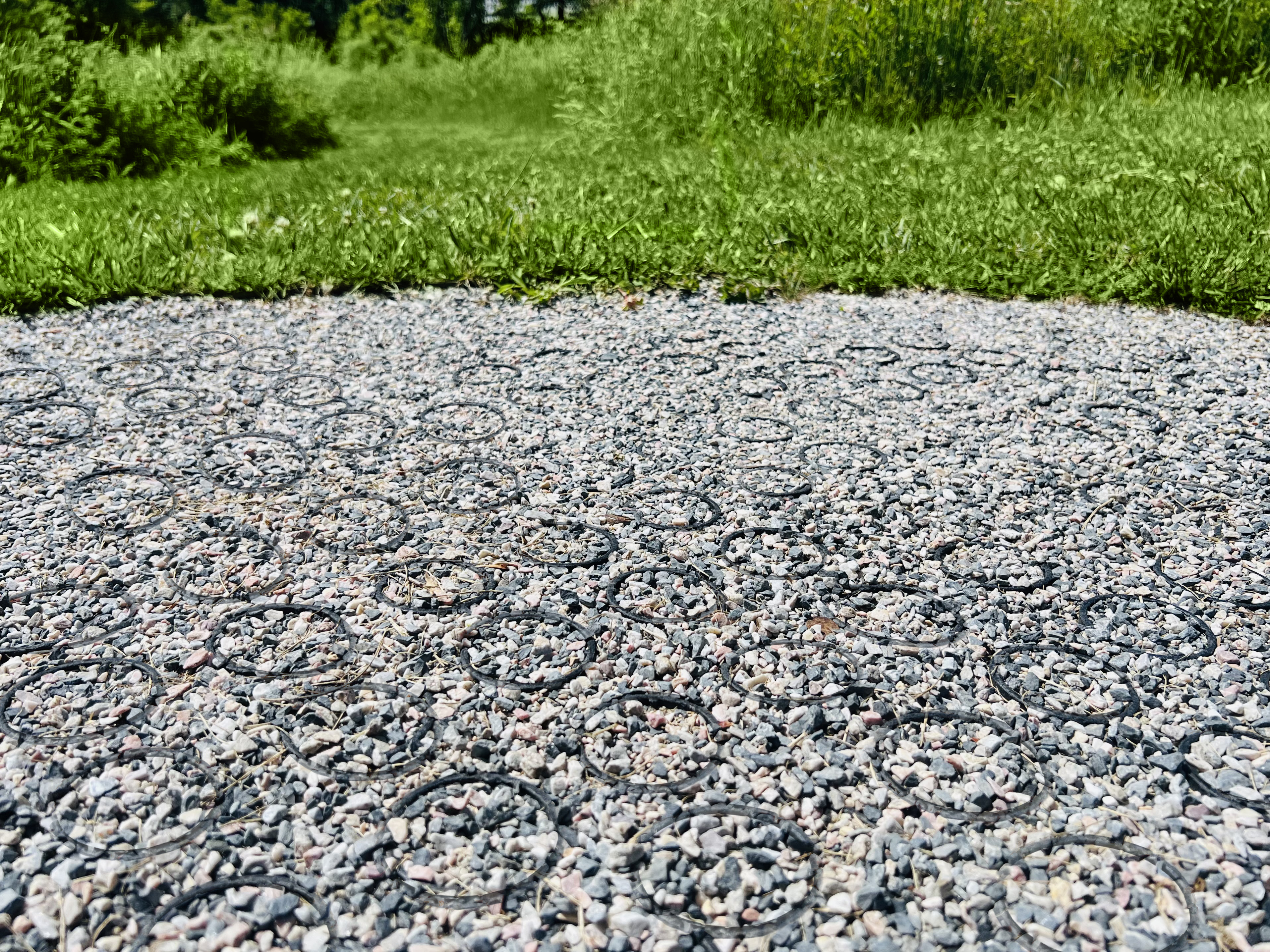Geosynthetics
Importance of Geosynthetics
Geosynthetics are synthetic materials used in geotechnical and environmental applications. They primarily serve the purpose of terrain stabilization. If you've ever passed a construction site, you may have noticed large rolls of black fabric or a plastic grid; these are likely examples of geosynthetics. They serve important functions such as drainage, keeping gravel in place, maintaining soil integrity, and even, when applied in layers, preventing hills from collapsing. Their primary mission is to address issues related to soil, rock, and other earth materials. Given their versatility, effectiveness, and these unique capabilities, geosynthetics have become an indispensable resource in modern construction.
Soil Stabilization:
Geosynthetics play a significant role in soil stabilization, which involves strengthening soil to improve its load-bearing capabilities. This makes it possible to construct buildings, roads, and other structures on soil that would otherwise be too weak.
Drainage and Filtration:
Certain geosynthetics are designed to facilitate drainage and filtration in various construction scenarios. They can help prevent water buildup and manage runoff, crucial for maintaining the integrity and longevity of structures.
Erosion Control:
Geosynthetics also contribute to erosion control by protecting soil from wind and water forces. This is particularly important in areas susceptible to significant erosion, such as slopes and waterways.
Cost-Efficient and Sustainable:
Geosynthetics offer a cost-effective alternative to traditional construction materials. They require less raw material and labor to install, resulting in reduced project costs. Furthermore, their long-lasting durability makes them a sustainable choice for various engineering applications.
Concluding Thoughts
With their wide range of applications and benefits, geosynthetics have revolutionized the construction industry. They offer efficient, sustainable solutions for complex engineering problems, reinforcing the fact that the field of geotechnical engineering continues to innovate and evolve for the betterment of our built environment.

